| Does a few pounds in the weight of a ski affect speed? Below is my experience based on my extensive data base since 2003 when I started paddling skis. This is an article I did in 2011 and I still find it applicable today in February 2015 five years later.
These stats are from the 2011 post not reflective of my paddling 4 years later. 4 Time Trial Courses-GPS Measured: 547 hours, 3300 miles, 6 years. This is just my 4 TT data and does not include my races or countless hours of paddling not on these courses. 1. 1.62-1.64 mile course depending on my line. I have done this course 112 time and the total is almost 40 hrs.2. 6.4 mile course that includes the above course. This course I have done 240 times with a total time of almost 241 hours.3. 11.5 mile course that I have done 82 times for a total of almost 140 hours. These 3 time trial courses start at my beach(check my race “Sakonnet River Race” for a GPS route and continue up the river.
4. 6 mile course “up the Sakonnet” that I have done 129 times for a total of 126 hours. As you can see above, the Sakonnet is 2-4 miles wide leading to the ocean and is 11 miles in length one way. It is like a small bay that connects Mt Hope Bay to the ocean by way of this channel(Sakonnet River). Conditions are range from flat to 2ft seas and can be much bigger as the Sakonnet empties into the ocean(4 miles wide). My point is this is not flatwater paddling, not Surf ski champ conditions, but an ideal place to time trial skis and report on how they perform. So based on this paddling experience in the various brands/models and models of different layups(weights) here is what I have concluded. I will used the SES as the best example because I have owned/paddled all the different weights of the SES’s including the 22lb Ultra, 24lb Excel, 27 lb Excel (all yellow special layup), and the 31 lb advantage. I have owned others brands with different layups (see Surf ski Review Chart) however, I have much more data on the SES since I have paddled them for 5+ years now.
1. My general rule of thumb has been that if there is difference of 4 lbs in boat weights of the same model/rudder then this generally equates to 5-10 seconds per mile difference. The caveat is that boat weights makes less of a difference in downwind paddling. However, a lighter ski even in downwind conditions makes it easier to catch bumps that you may not have caught or gotten over the top of in a 4 pound heavier ski. For example there is marginal difference in speed between my 22lb SES and my 24lb SES, but between my 22lb SES and my 31 lb SES, this 4-5 pound difference is very noticeable in racing and often is the difference in the race standings. I have paddled with the same group of paddlers for years now in races and the difference generally as 1-4 minutes in races of 1 hours to 3 hours. So if you are a serious racer (novice,mid pack, elite), weight counts. 2. A well constructed boat that weighs 24/27 lbs is the best overall weight if you can only have one boat, paddle in all conditions, and durability is a concern.This weight is light enough for racing, durable for everyday use, and generally stable enough for bigger conditions for most paddlers. Once weights go under 21lbs in surfskis, durability can suffer and can feel too unstable in ocean conditions for most paddlers. 3. If you are a hard core racer or just want to beat your buddies, paddle the lightest ski you can afford while maintaining your paddling technique in big conditions. We all know lighter skis get pushed around, are less stable and this is exaggerated especially with lighter/mid weight paddlers. Sometimes paddlers are in skis that are not scaled for their weight. Lighter boats for the less seasoned/less conditioned paddler, in longer races, can produce varying degrees of boat fatigue. This is where their core strength is not where it needs to be and they get very unstable as the race progresses or conditions get bigger. I saw this happen dramatically at one of the Blackburn’s((20 mile race) years ago. Four paddlers were ahead of me at the 16 mile mark but then boat fatigue set in and 2 of the 4 capsized numerous times, and the other 2 slowed to a crawl. They were in boats that were too unstable for their skill level for such a long ocean race. Heavier boats are more pronounced(slower)in flat water, so I suggest buying the lightest boat you can afford especially if you are paddling a lot of flat water. 4. Unless cost is a major concern, any ski over 33lbs are too heavy to train in on a regular basis. I have had a few skis(non Stellars) that weigh 34-38 lbs and that is a lot of boat to push unless you always paddle downwind ,never load it on a car or you are in denial. 5. Lastly, rudders as most of us know make a huge difference in speed, stability, and and handling. So use the smallest rudder you can get away with for the conditions you are paddling in. The difference can be as much as 10 seconds per mile. When comparing different brands of skis, you must use the same size rudders for a a fair comparison. |
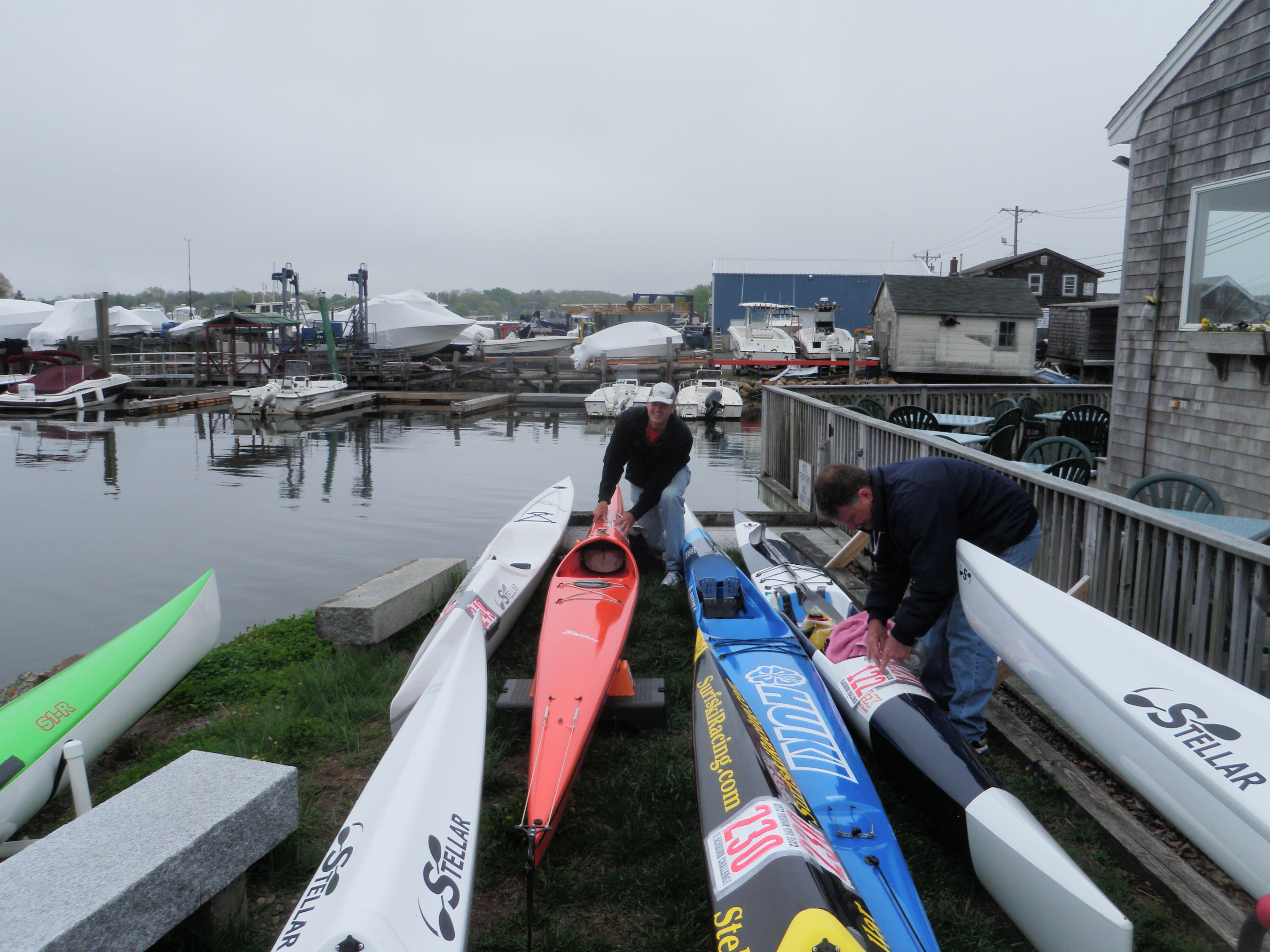
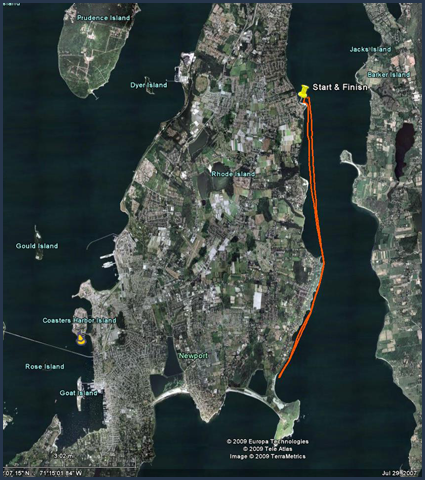
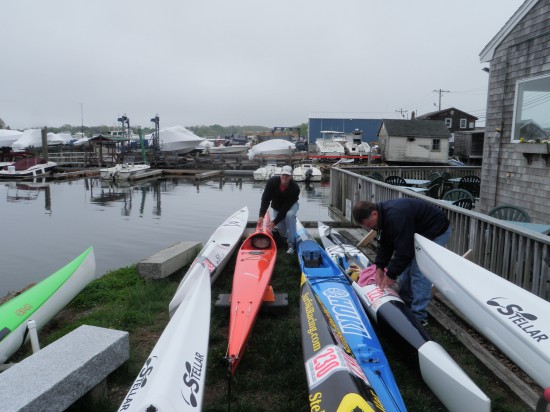
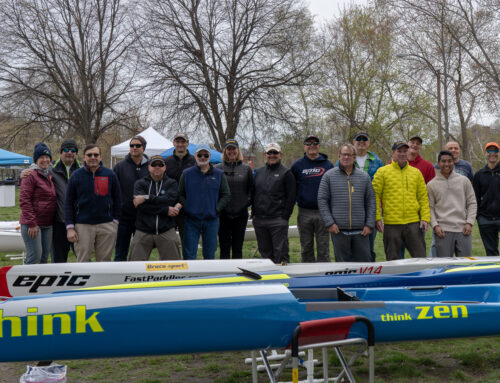
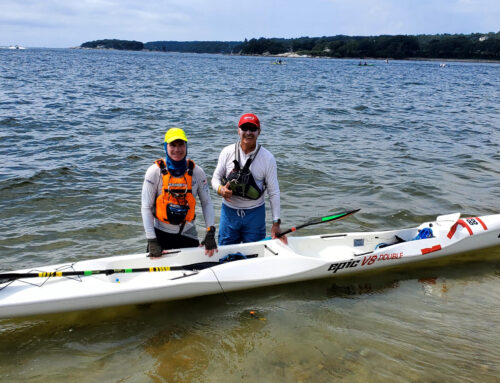
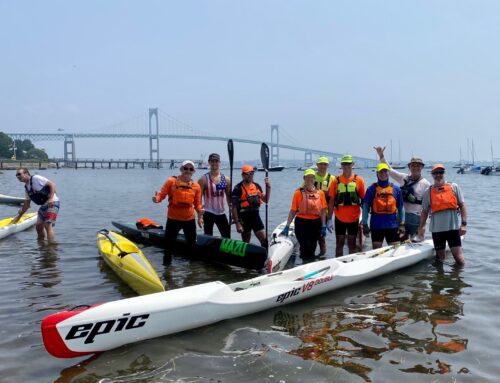
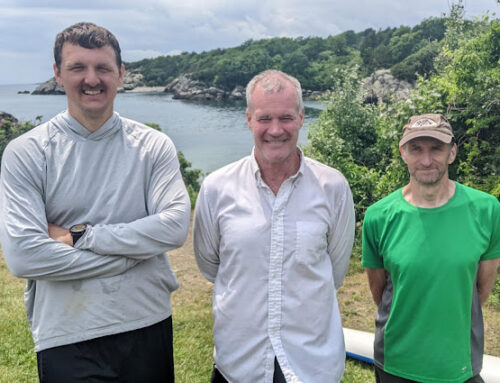
Leave A Comment
You must be logged in to post a comment.